Discover Amazing Facts About Madagascar, The World’s Fourth Largest Island
Dreaming of a tropical getaway spent lounging on idyllic islands, trekking through verdant rainforests, hiking around jaw-dropping rock formations and spotting unique wildlife? Then set your sights on Madagascar. Located in the Indian Ocean, about 743 miles east of Mozambique, this African paradise is the fourth largest island in the world. Approximately 19,000 types of plants can be found in the country's 47 national parks and reserves, but its one-of-a-kind animals are the main draw for nature lovers. All of the world's 100-plus lemur species call this island nation home, as do more than 340 kinds of chameleons and a variety of birds.
Though you'll likely spend some time in populous areas like Antananarivo (the country's capital) and Nosy Be (a small island off the mainland's northwest coast), Madagascar is filled with regions ripe for exploration. Travelers can head offshore to snorkel around Nosy Sakatia or swim at The Three Bays, and photography enthusiasts can snap breathtaking pictures of the sun rising or setting over Morondava's Avenue of the Baobabs. Fitness buffs, meanwhile, have access to hiking trails at Anja Community Reserve, plus Tsingy de Bemaraha Strict Nature Reserve's towering limestone pinnacles, which are ideal for climbing. If you'd rather have a more quintessential Malagasy vacation, travel deep into national parks like Isalo and Mantadia to watch lemurs, boa constrictors and more lingering in the trees.
1. It has a big population
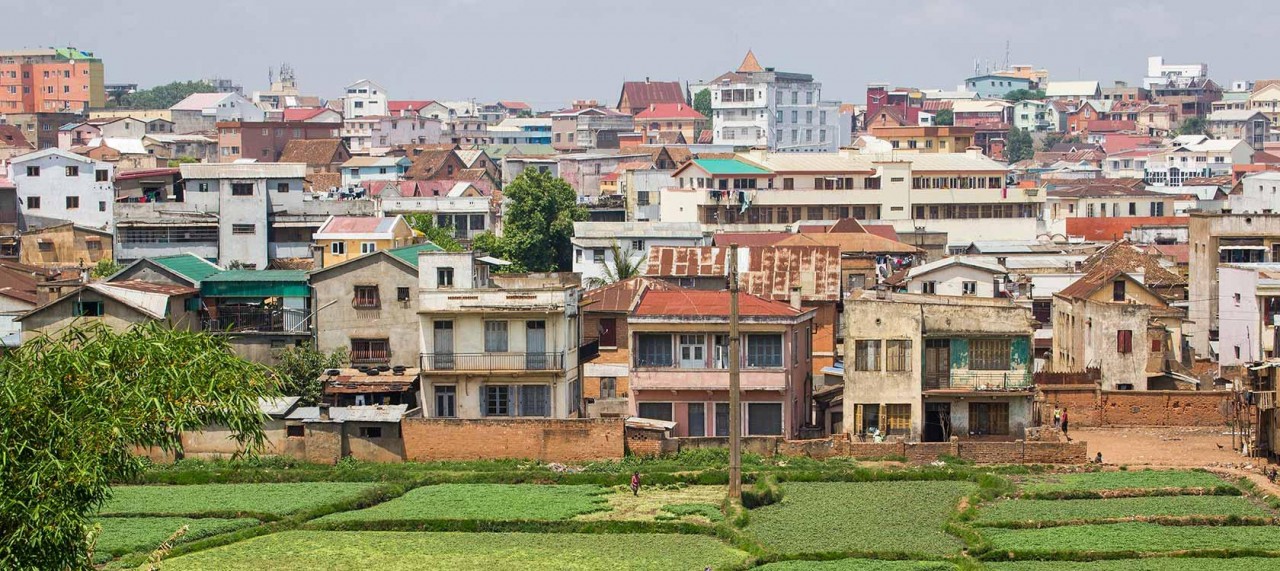 |
| Photo: AFD |
According to current projections, Madagascar’s population is expected to continue to grow through the rest of the century. At a current population of about 27.69 million people, Madagascar is expected to grow to 54 million by 2050 and 99.96 million by 2100.
Madagascar is currently growing at a rate of 2.68% per year. This is driven by its high fertility rate of 4.11 births per woman.
Madagascar’s rapid population growth is putting the country under immense stress. Many people already live in poverty in Madagascar, the economy has stalled, and health care and education are struggling. Additionally, infrastructure has deteriorated, tax revenues have decreased despite the population increasing, and food insecurity is endangered.
The number of births per year in Madagascar greatly overshadows the number of deaths. According to a number of estimates, the number of births per year from 2005 to 2010 was around 698,000. That is why it comes as no surprise that the largest age bracket in Madagascar belongs to children in the region of 0-14 years. They make up around 40.1% of the total population. With such a large number of births per year and a lesser number of deaths per year, the population is greatly increasing with every passing year.
Due to such a large population, providing education for everyone may prove to be a significant challenge. Nevertheless, Madagascar boasts of an 80% literacy rate. Around 88% of the male population is literate, as well as 73% of the female population. Also, these statistics are rising every year, which signifies the level of development currently happening in Madagascar, regardless of the political turmoil it has faced over the years.
2. It’s the world’s fourth largest island
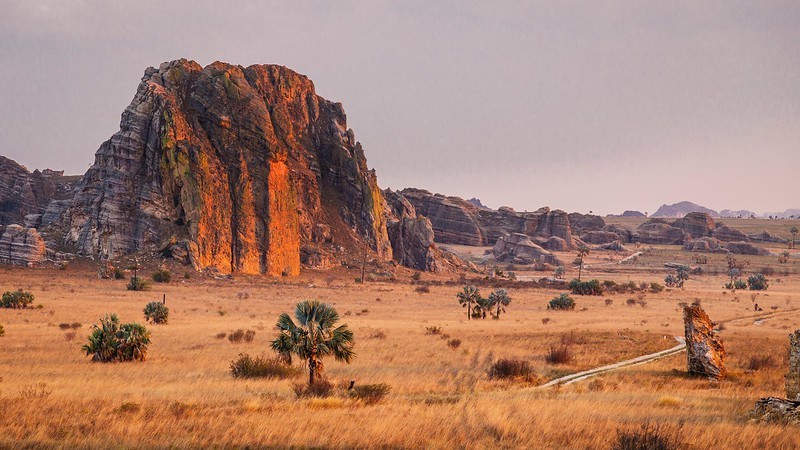 |
| Photo: Wild Junket |
Madagascar is big. It’s 226,917 square miles to be precise, making it the fourth largest island on the planet (and bigger than Spain, Thailand, Sweden and Germany). The UK is a rather puny 93,410 square miles in comparison.
3. But it wasn’t even discovered until 500AD
Madagascar was only colonised by human settlers relatively recently - perhaps as late as 500AD - some 300,000 years after the first appearance of Homo sapiens in Africa.
The word ‘Madageiscar’ appeared in Marco Polo’s narrative entitled Devisement du Monde, though he had never been to Madagascar during his trip along the Silk Road in 1269. What we are certain of is that it comes from overseas, as the letter ‘c’ doesn’t exist in the Malagasy alphabet, though many possibilities as to its origins have been put forward by different sources, old rumors and the transcription of historical maps.
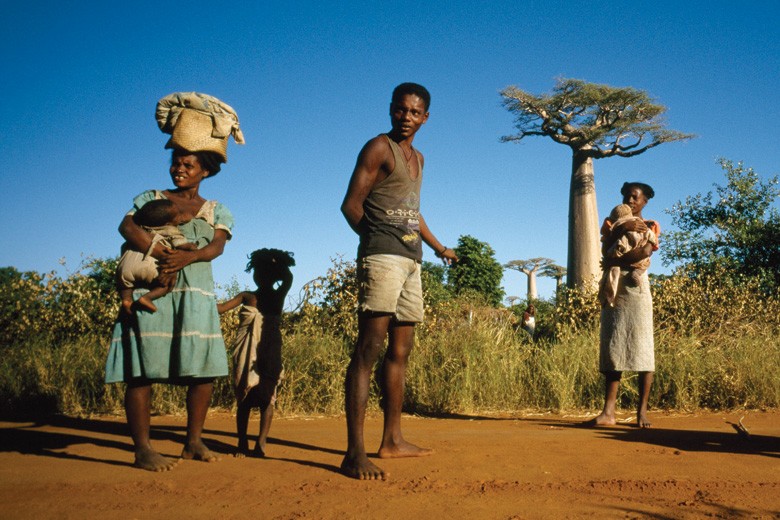 |
| Photo: Times Higher Education (THE) |
In the 1700s, the Malagasy people were dubbed ‘Malegache’ as a combination of two French words: ‘mal’ and ‘gache’, which translates to ‘careless work’. However, Madagascar only became a French colony in 1896, and it has never been proven that ‘Malegache’ was a name given by the French government. Pure rumor ? We just don’t know…
The second suggestion was established after an in-depth analysis of mysterious island names mentioned on old world map by historians. In 1885, Alfred Grandidier, a naturalist and French explorer, arrived in Madagascar, and devoted his life to the study of the island. He wrote a famous collection of 30 volumes entitled The Physical, Natural and Political Story of Madagascar, a vital guide for any student of History.
It was Grandidier who discovered that ‘Madagascar’ is actually ‘Malichu’, an island on Richard de Haldingham’s world map made in the 13th century, which in turn was inspired by a map drawn by King Idrisi of Sicily a century before. He later identified that Malichu island is the same as ‘Gesira al malai’, which in Greek, inversely gives ‘Malai Gesira’ – going from ‘lambda’ to ‘delta’ in Greek, the ‘l’ of ‘Malai’ changes to ‘d’, giving the word ‘Madai’ and ‘Gesira’, which transformed slowly to ‘Gasira’.
4. The crazy story of Queen Ranavalona I
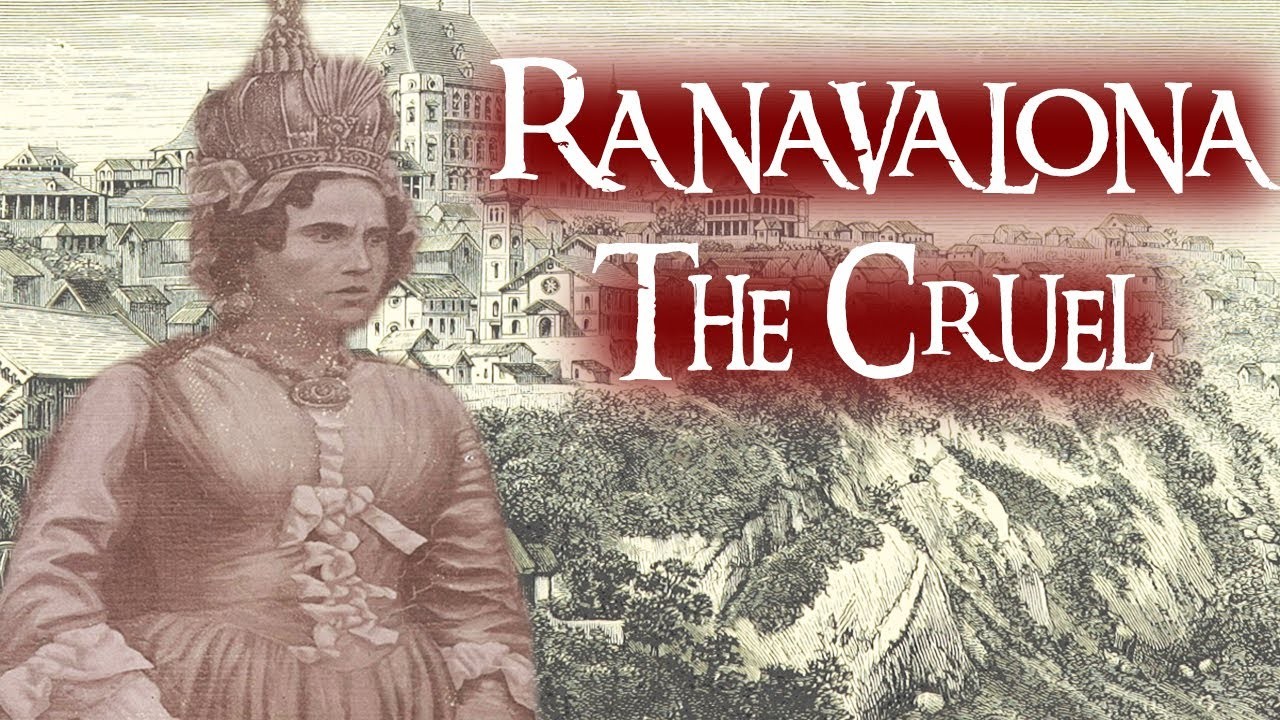 |
| Photo: Youtube The Forgotten Lives |
In 1828, after the death of her husband, Queen Ranavalona I. came into power by killing all other potential regents (wives, sons, mothers). At that time, she was between 30 and 40 years old. Ranavalona I. went down in history rather ingloriously and bears the surname “the cruel”. Many Malagasy call her regency tany maizina, in English “years of darkness”.
During her 33 years of regency, Ranavalona I. tortured and murdered subjects as well as foreigners and isolated her realm against any influence from the outside. Any contracts that Radama I had concluded with Great Britain, were declared invalid by Ranavalona I. Despite the liberal ideas of the two preceding Merina kings, Ranavalona I. conceded nobles and shamans more power again. And even all other progress was rolled back quickly. Soon, the trade with other countries grinded to a halt, and Madagascar became an economically isolated island again. The fanompoana, which means the use of poor Malagasy for work as a return for non-paid taxes, gained influence under Ranavalona I. These de facto slaves were used to build houses, carry nobles and royal dependants in litters, as soldiers or to serve any other purpose the Queen needed workers for. Since those people were unpaid and marches on foot back to their home villages were often impossible due to large distances, many died of hunger. In 1835, Ranavalona I. fell desperately ill but recovered to her people’s amazement. She ascribed this phenomenon to the power of the Sampy, the 12 talismans. In consequence and in order to distribute old traditions again, Ranavalona I. prohibited the freedom of worship for Christians, which also meant any kind of missionary work in Madagascar. Christians, who did not flee, were persecuted and brutally killed. As so-called judgment of God, Ranavalona introduced that suspected raiders, Christians or thieves should swallow the poison of the Tangena nut. The process was called Tanguin. Suspects who survived the poison were declared innocent – but that hardly happened.
5. It has a spiritual side
While there are large numbers of Christians, Mormons, Muslims and Catholics in Madagascar, the majority of the Malagasy people follow their own unique religion which can trace its roots back to the sheer fact that the nation is such a melting pot of people.
The creator in this religion is known as Zanahary or Andriamanitra, and they are genderless. The creator can bless or punish its people accordingly, and so the followers try their best to not offend them. As in some other religions, there is a strong focus on the relationship between the living and those who have passed on, and ancestors are honoured because they are believed to be the link between those on Earth and the Supreme God itself.
That means that the people are constantly trying to impress their ancestors as well, hosting ceremonies called famadihana which involve opening family tombs and re-wrapping the dead in the most joyous of celebrations. The tombs housing the dead are often far more elaborate, intricate and valued than the houses the people themselves live in. These tombs are cultural landmarks, but they must always be shown respect. Even on the island, people of all faiths are united by this.
6. It is home to some impressive World Heritage Site
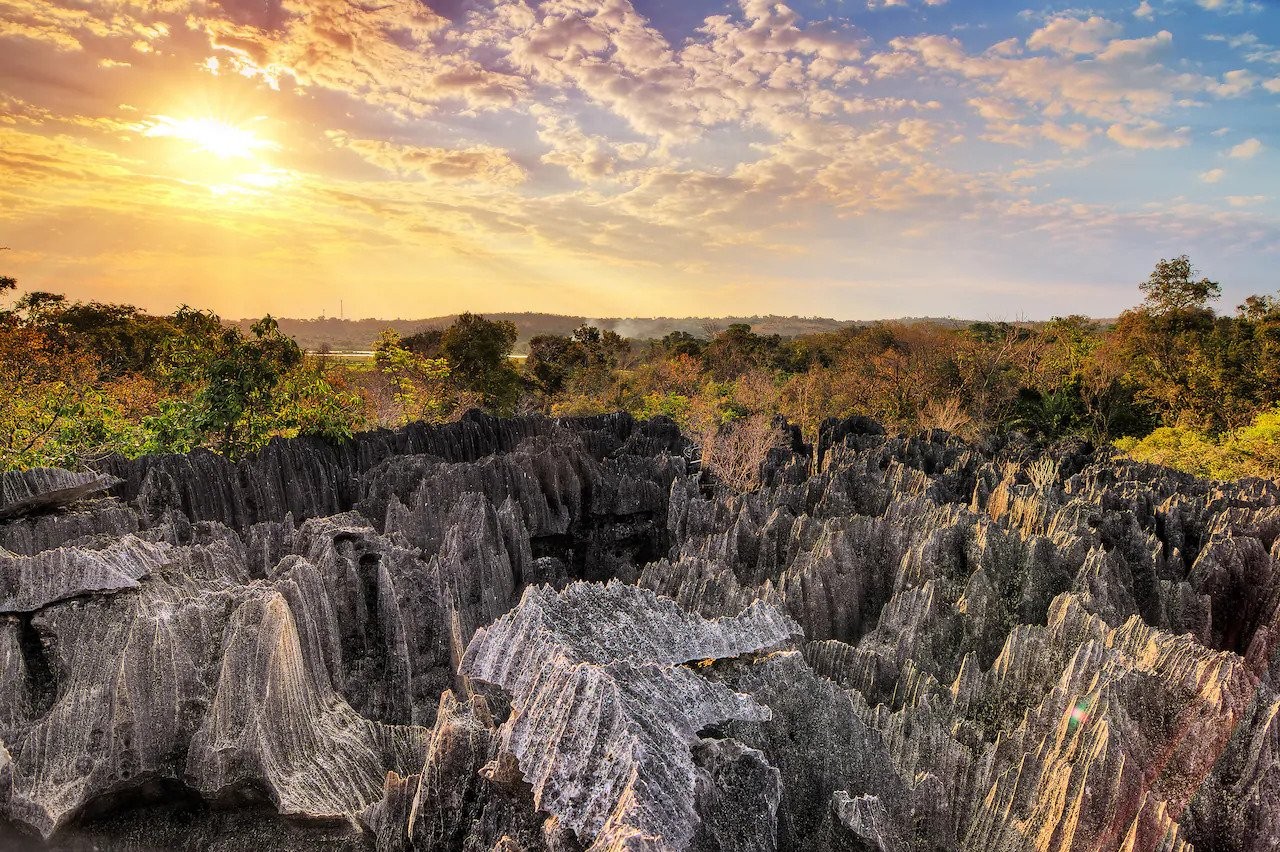 |
| The Tsingy de Bemaraha Strict Nature Reserve CREDIT: DENNISVDWATER - FOTOLIA/DENNIS VAN DE WATER |
From burial sites to nature spots, Madagascar seeks to preserve its incredible attractions. The Royal Hill of Ambohimanga is 500 years old and hosts a whole ensemble of sacred places within a city and burial grounds. It is a sacred spot for rituals, and many people make pilgrimages here from around the world.
The rainforests of the Atsinanana are protected as well, and many rare species of primates and lemurs call this region home. There’s also the Tsingy de Bemaraha Strict Nature Reserve, which covers a huge portion of the west of the island and can only be seen to be believed. You can’t pass it, which means it’s relatively unexplored. Its unique geology features caves, canyons and a labyrinth of limestone.
7. The people living here have closer roots to Southeast Asians than Africans
Although Madagascar is separated from mainland Africa by the narrow Mozambique Channel, it is a world away. Its people, the Malagasies, are descended from Indo-Malayan seafarers who’d arrived here on the Indian Ocean trade route over 2,000 years ago.
Even today, their cultural similarity to Southeast Asians is obvious: their staple food is rice (they eat it at least 3 times a day) and their language traces back to Asian roots. When talking to a Malagasy, be sure to remember that they do not like to be referred to as Africans, they are simply Malagasy people.
Because of the continuing bond with France that resulted from former colonial rule, the island also developed political, economic, and cultural links with the French-speaking countries of West Africa.
8. Bare Knuckle Fighting is a national sport
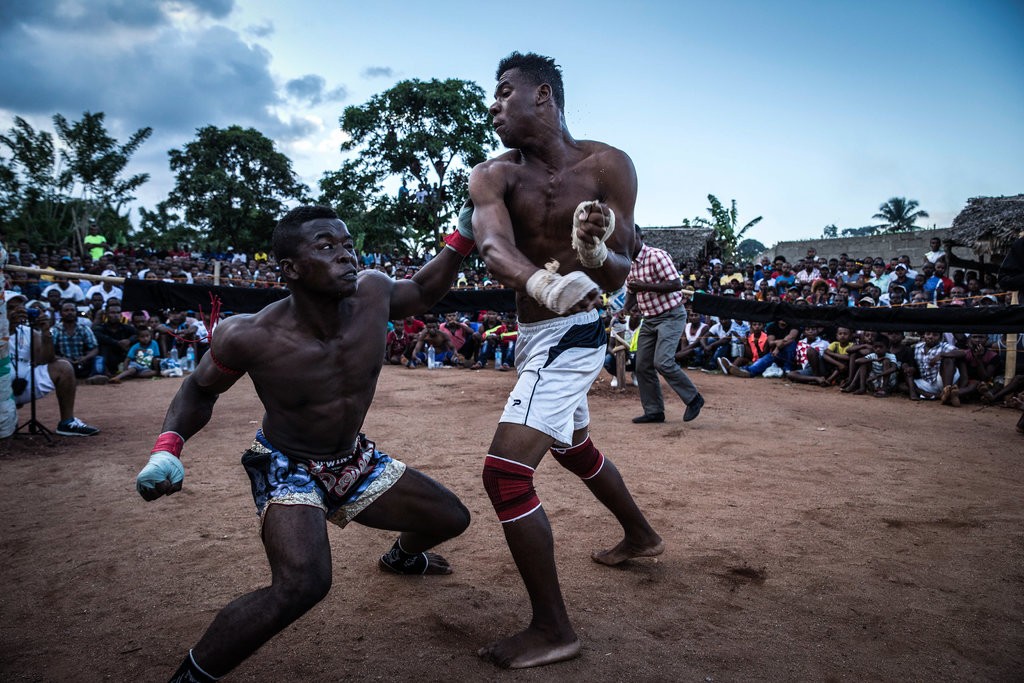 |
| Photo: The New York Times |
While we don’t recommend trying this at home, Moraingy is a form of bare-fisted combat sport, and many of the people on the island take part. To outsiders, it can seem brutal, but it’s a part of local culture which should be understood.
The people here are actually very harmonious, and see this as a regimented way of approaching direct combat. It is an organised spectator sport where people can pay to sit in outdoor rings surrounded by grass huts and palm trees. Just as you might expect at football matches in the UK, people are in great spirits while watching, often singing and cheering along.
The violence is gratuitous, but participants enter willingly. Up until recently, it was mostly men taking part, but now women are getting involved as well.
9. It is one of the world’s unhappiest places
The World Happiness Report (which aims to “redefine the growth narrative to put people’s well-being at the center of government efforts”), ranks Finland as the cheeriest place on Earth, out of 156 countries, followed by Norway, Denmark and Iceland. Madagascar is the 14th least happy country, it says. As one of the poorest places in the world, with a per capita GDP of $1,554 (putting it 179th out of 187 nations), and an average life expectancy of just 65.5 (in the UK, it’s 81.2), it’s not surprising.
10. It’s “Megadiverse”
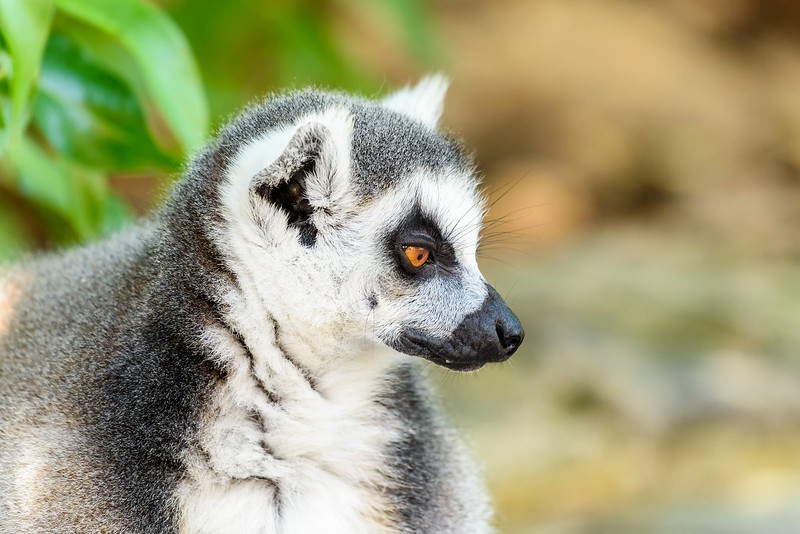 |
| Photo: Wild Junket |
This is not a colloquialism; in fact, Madagascar has been deemed “megadiverse” by Conservation International. Many of the species on the island are found literally nowhere else on the planet. Theories suggest that this is because of the lack of human influence. We weren’t there for thousands of years, and so we haven’t had as long to disturb them. Only 17 countries worldwide have this classification.
To further highlight its uniqueness in this respect, it is said that 5% of all known plants and animals can be exclusively found here. You’ll find just about everything weird and wonderful! As an example, half of the world’s chameleons live here, as well as dozens of species of lemur, the island’s signature animal. The film Madagascar wasn’t quite telling the truth though, suggesting tigers, giraffes and hippos live there, when they actually don’t.
Birdwatchers can also enjoy the country, and you might catch some of the world’s most elusive species here, such as the long-tailed ground roller.
In terms of plant life, the island is famed for its distinctively shaped baobabs as well as a plethora of orchids and spiny forests of the desert south.
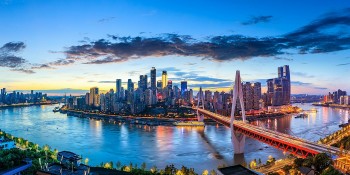 | Visit The Stunning and Irresisstible Chongqing City In China Chongqing is the largest municipality in southwest China, and is also one of the most famous destinations with stunning check-in spots and historic places. |
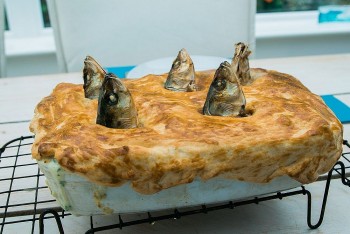 | The Weirdest British Dishes Britain has some uniquely named dishes that are a must-try for visitors to the UK. |
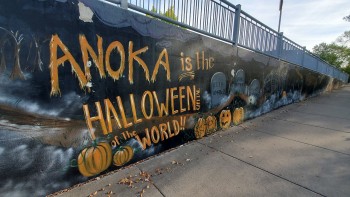 | Visit Anoka – The Wonderful Halloween Capital In The World For almost a century, Anoka, this small city in Minnesota has been celebrating Halloween like no other, holding a community-wide celebration in honor of October ... |
Recommended
 World
World
Pakistan NCRC report explores emerging child rights issues
 World
World
"India has right to defend herself against terror," says German Foreign Minister, endorses Op Sindoor
 World
World
‘We stand with India’: Japan, UAE back New Delhi over its global outreach against terror
 World
World
'Action Was Entirely Justifiable': Former US NSA John Bolton Backs India's Right After Pahalgam Attack
 World
World
US, China Conclude Trade Talks with Positive Outcome
 World
World
Nifty, Sensex jumped more than 2% in opening as India-Pakistan tensions ease
 World
World
Easing of US-China Tariffs: Markets React Positively, Experts Remain Cautious
 World
World


